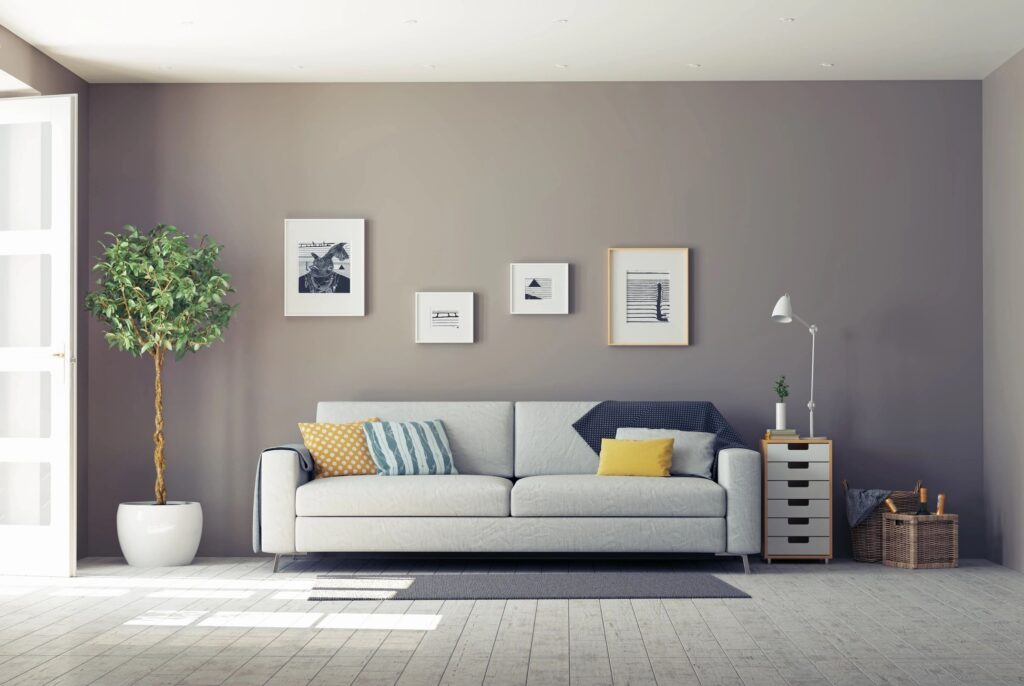
All parts of your home are equal right? Not quite. There are many factors that can vary throughout the house that can affect your plants in both positive and negative ways. Here, we are going to explore some major influences that may be overlooked.
Light
Without proper lighting, the chances of a houseplant thriving are slim. However, some plants can be very forgiving and will tolerate low light conditions (even if it’s not their preference). These plants include Pothos, spider plant, dracaena, and money trees. Some foliage varieties like our Nephthytis, will tolerate low light but this will darken the leaves while bright light will increase the variegation, bringing out the light green contrast. Similarly, our Anthurium will tolerate low light but if it starts to lose color, it likely needs to move to a brighter location.
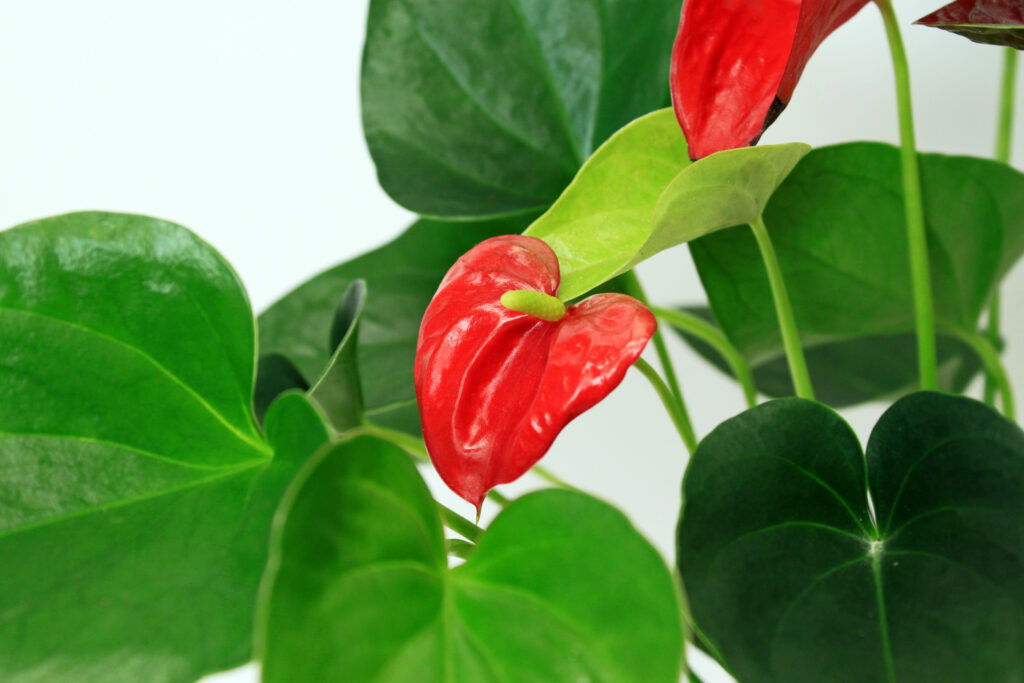
Other plants will not tolerate such a mismatch in light preferences, but luckily, most will have telltale signs for you to look for:
If your plant has brown tips to the leaves, it is possible it is getting too much light, or at least too much intense light. Oftentimes, a window can provide enough of a filter, but sometimes the heat from the window can prove too much for the plant. Tip: add shear curtains to windows with light-loving plants in them.
Some plants will curl their leaves to communicate that they are getting too much light. Spaths, also called Peace Lilies, will do this, but luckily can recover quickly. They are great low light plants, and they prefer to keep it that way.
Don’t Evict Your Houseplants
Take it from someone who recently (and tragically) killed her Money Tree, some plants don’t like to be moved around the house. If your houseplant is doing well in one area, try not to alter its environment too much. Much like when a plant dies from transplant shock, some plants aren’t cut out for adapting to new environments. Changes in light, air flow, humidity, etc. can adversely affect a plant if you’re not careful.
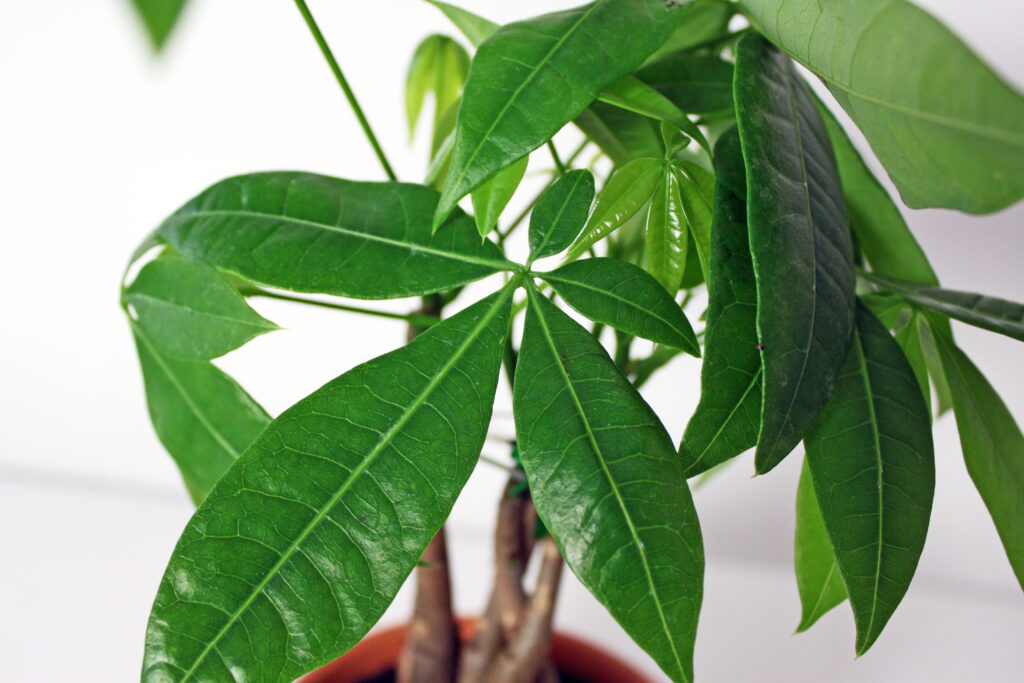
The best way to ensure your plant will remain happy is to do some research and planning as soon as you bring it home. It’s already leaving its last home (the store) so it’s best to make a semi-permanent decision up front.
This also applies to moving plants in and out of the house. For example, Rosemary is sometimes kept as a houseplant in the colder months and moved outside for warmer months. Some experts suggest that you gradually acclimate your Rosemary to the outdoors by first putting it in a shady location, then moving it so it gets more and more sun. Keep in mind, your watering schedule is likely to change, too, as being outdoors will cause a plant to dry up more quickly.
Do You Feel a Draft?
Ok, so you did some research, found a spot with ample light, you’ve got a watering schedule, but did you check the air?
Placing a plant under a vent, near a fireplace or other household appliances can quickly deteriorate the plant’s well-being. Some signs to look for are drooping or wilting plant, Brown or fading leaves, burned leaves, or if it just starts to look…sad.
If you can catch it early, the plant should make a rebound.
Humidity!
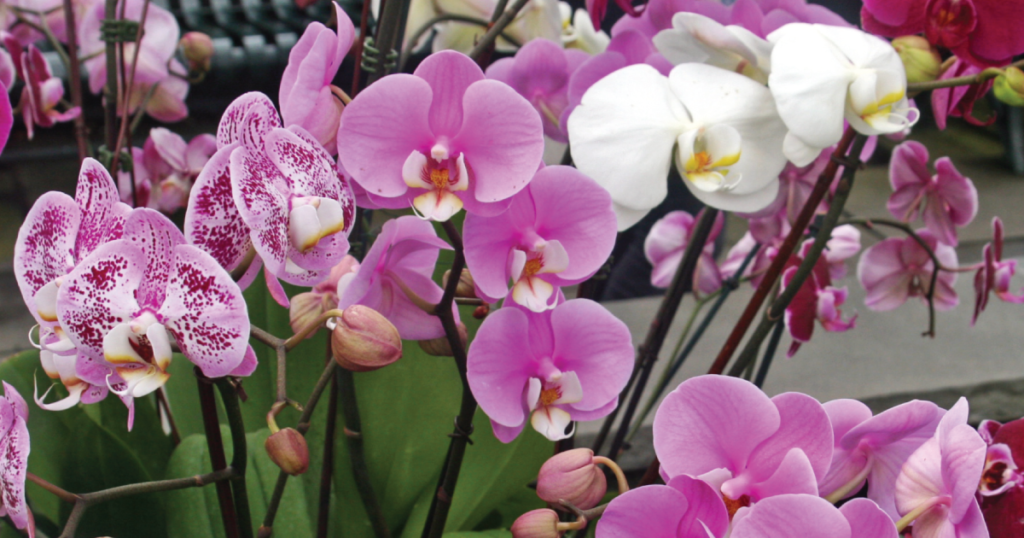
If you’re a plant, you either love it or you hate it. Make sure to map out the humid areas of your house (think bathrooms, laundry rooms, screened-in porches, etc.) and then place your houseplants accordingly.
Moisture loving plants include orchids, bromeliads, ferns, air plants, and alocasia. Plants that prefer not to live in your bathroom include succulents, cacti, and sansevieria. If your plant develops root rot or grows mold, this can either mean it’s being overwatered, there’s not enough drainage, or that it’s in a location with too much humidity.
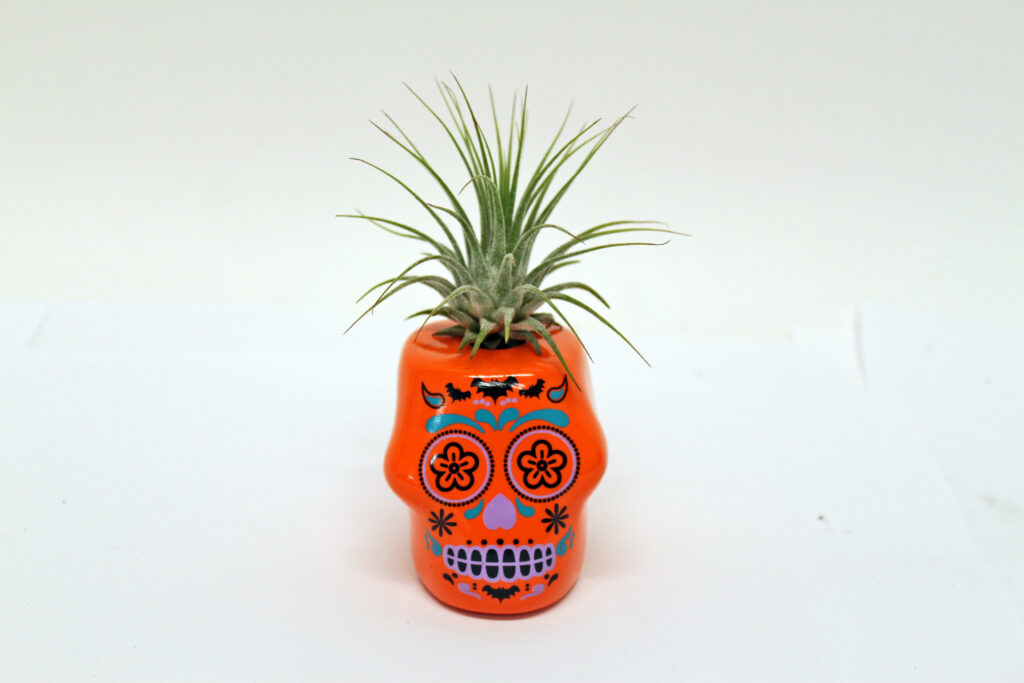
It may seem like plants are a little too picky, but luckily most areas of your home will be just fine for any old houseplant. My hope is that if your plant is a little unhappy, or maybe just not quite thriving, you now have some options to help it out.
Our next post in the series will cover POTS. Until then!
